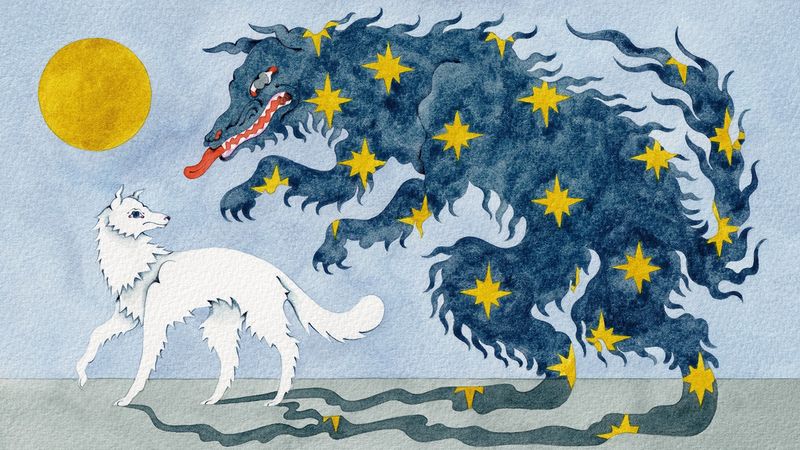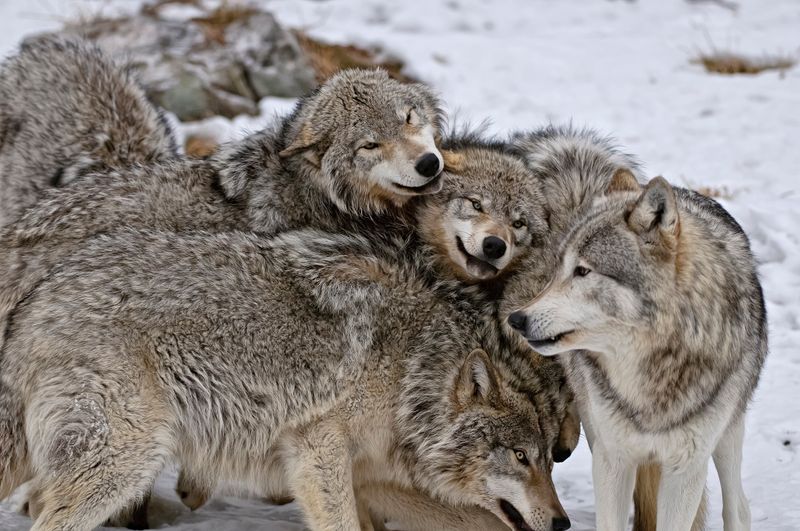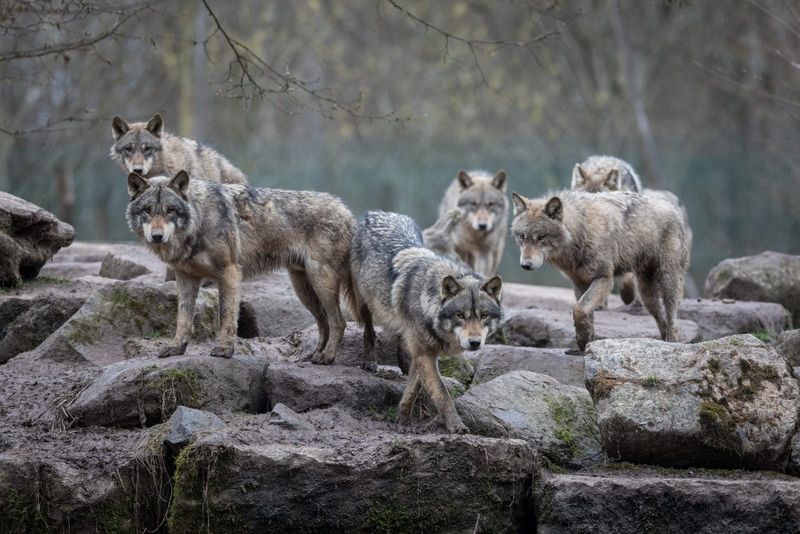You think you know alpha wolves? Think again!
For years, myths have painted these wild leaders as ruthless tyrants, but the truth shatters every stereotype. Wolves form close-knit packs where trust and teamwork rule the day. Their strength emerges from mutual respect, not brute force.
Imagine a world where each howl binds the pack in a chorus of survival and unity. Every chase, every shared meal, speaks of a society built on balance and care. Science now reveals that the so-called “alpha” is simply an experienced guide, not a fearsome ruler.
Explore the real story behind these misunderstood creatures. Discover how nature’s true leaders rely on support and harmony.
Get ready to rewrite your understanding of nature’s most enigmatic social rulers.
This revelation will astonish your wild imagination.
Absolutely!
The Origin of the ‘Alpha’ Myth

The notion of ‘alpha’ wolves originated from a misconceived study in the 1940s. Researchers observed captive wolves, which were not family groups, leading to misunderstandings. In captivity, unrelated wolves exhibit competitive behaviors, wrongly interpreted as a hierarchy with an ‘alpha’ leader.
These observations were applied to wild wolves, creating the myth of strict dominance hierarchies. However, wild wolf packs are usually family units, with parents guiding their offspring. This misunderstanding persisted largely due to the appeal of the ‘alpha’ narrative.
The myth endures, despite evidence showing wild packs operate more cooperatively than competitively.
Family Dynamics in Wolf Packs

Contrary to the ‘alpha’ myth, wolf packs function as family units. Typically, they consist of a breeding pair and their offspring. The breeding pair takes on leadership roles not through dominance but because they are the parents.
These wolves exhibit social bonds and cooperative behaviors when hunting and caring for pups. They communicate through vocalizations and body language, ensuring the pack’s survival. Observations show conflicts are minimal, with cooperation prioritizing the family unit’s success.
This familial structure fosters a supportive environment, challenging the aggressive dominance viewpoint traditionally associated with wolves.
The Role of Research in Changing Perspectives

Advancements in research have profoundly altered our understanding of wolves. Field studies with non-invasive tracking techniques now offer insights into authentic wolf behavior. Researchers use GPS collars and trail cameras to observe wolves in their natural habitat, revealing their complex social structures.
Such research highlights wolves’ adaptability and social intelligence, traits obscured by the ‘alpha’ stereotype. These findings encourage a shift from viewing wolves as aggressive leaders to appreciating them as cooperative and socially intricate animals.
As studies continue, public perception of wolves is gradually evolving toward a more accurate, respectful appreciation.
Wolves Navigating by the Stars

Wolves as celestial navigators may sound like a storybook tale, but envision them using the stars to guide their long journeys. Under the vast night sky, these creatures could trace constellations, finding their way with an innate understanding of the cosmos.
This skill might be passed down from generation to generation, ensuring safe travels across territories.
Such a notion not only captivates the imagination but also augments our appreciation for the complexity of wolf behavior. It elevates their status from mere hunters to sophisticated adventurers with a cosmic connection.

